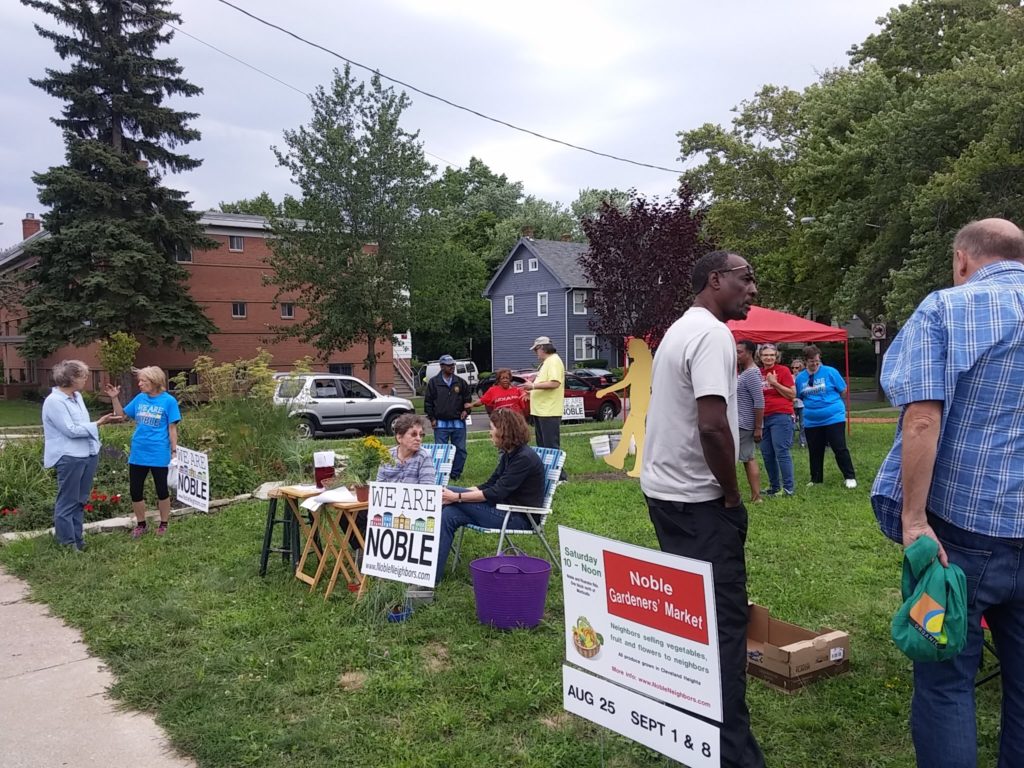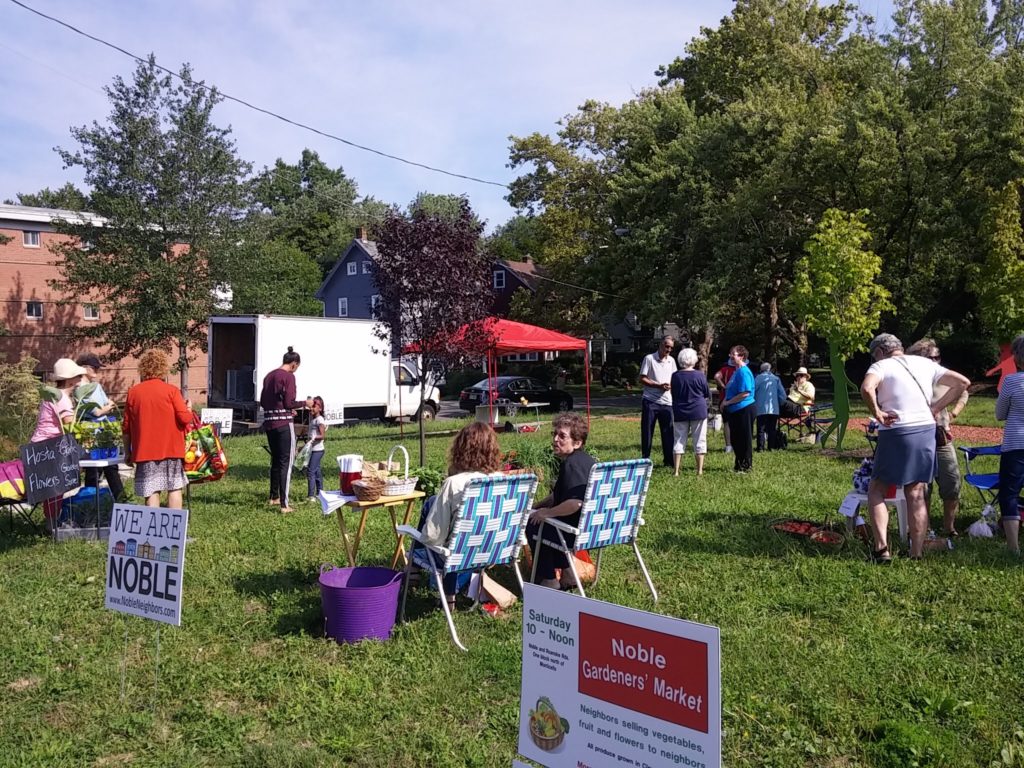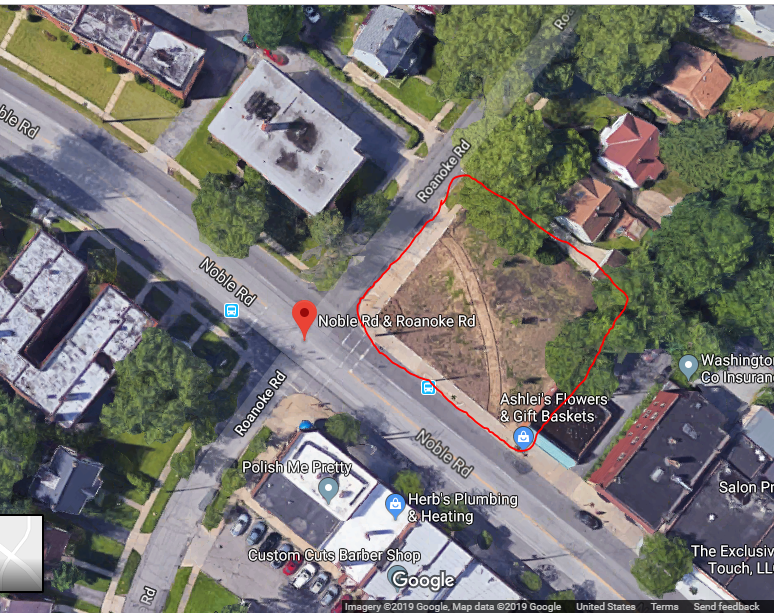by Tom Gibson
Avid gardeners are ordering seeds and planning new beds for the coming growing season. How about adding actual selling to those plans?
That’s a message from Noble Neighbors, a neighborhood organization based in Cleveland Heights, which is launching a Gardener’s Market to begin Saturday, July 20 and continue every Saturday through September 21. According to Brenda May, a Noble Neighbors leader, “We think the time is ripe for a venue strictly for home gardeners and community garden members who want to generate additional income and participate in the broader community.”

The market will be the region’s first market in which only backyard and community garden growers (no professional farmers) can sell extra fruits, vegetables and flowers. Initially, the market won’t be offering any kind of processed food.

Noble Neighbors tested the concept last summer with several “pilot” garden market Saturdays. The location of the market was (and will be) a small park belonging to the City of Cleveland Heights along the major thoroughfare of Noble Road at Roanoke Road (a block north of Monticello) and is the site of both significant foot and auto traffic. “We experienced strong interest from customers and potential customers,” says May. “We’re confident that a larger market with more offerings will be a success.”

Noble Gardeners’ Market organizers hope to attract a variety of gardeners from local communities beyond the immediate neighborhood. “We think the opportunity to offer home produce at no space-rental charge is unique to the region,” May says. “Our goal is both to allow gardeners to make money and to increase the feeling of neighborliness in the area.”
Sellers must bring their own table or ground cloth, be prepared to make change for their customers and provide their own weather protection.
Further information will be posted on the Noble Neighbors website www.nobleneighbors.com. Send inquiries to NobleNeighbors@gmail.com


